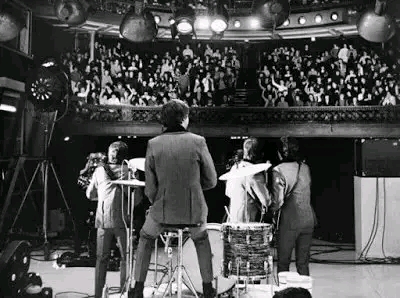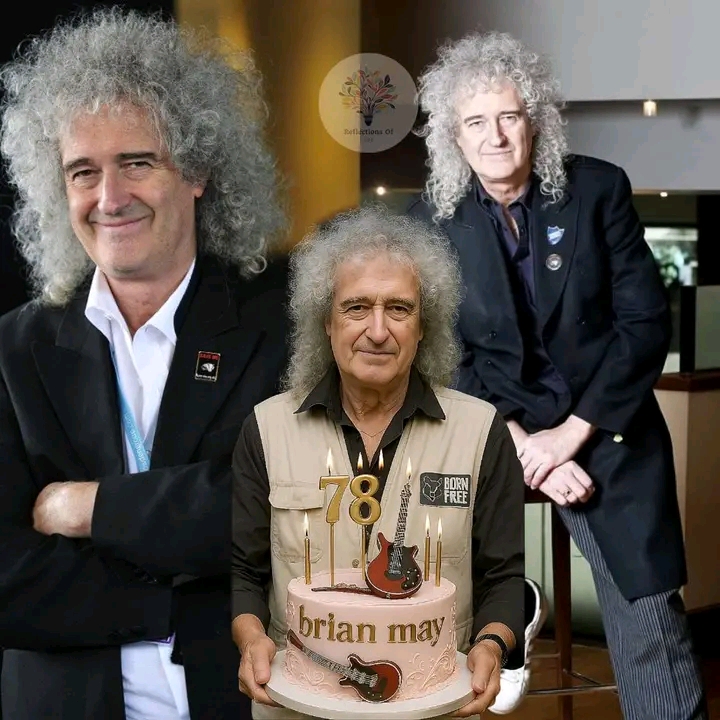In a detailed and technical analysis, a Beatles musicologist has finally weighed in on one of the more persistent fan debates surrounding the song “Tell Me Why” from *A Hard Day’s Night*—are there two or three distinct vocal harmony lines in the verses? Despite many listeners claiming to hear a third “ghost” voice floating above the lead, the expert’s findings point to a definitive conclusion: only two real harmony lines are present.
Using spectrogram analysis to visually map the frequencies during the verse section, the musicologist found two clearly defined vocal lines: John Lennon’s lead vocal, likely double-tracked in parts, and a lower harmony line sung in close unison by Paul McCartney and George Harrison. The supposed third harmony—a faint, high-pitched sound—was shown to be not a separate vocal line, but more likely a psychoacoustic artifact caused by the blend of the other two.
Interestingly, this conclusion aligns with the official score arranged by Beatles producer George Martin, which contains only two vocal lines in the treble clef. The so-called third part, often reported by fans, may be the result of a resonant overtone, falsetto formant from John’s vocal, or subtle EQ enhancements in the final stereo mix that give the illusion of an additional singer.
While the myth of a hidden third harmony line adds to the Beatles’ mystique, this analysis helps clarify the craftsmanship behind the recording. The song remains a tight, energetic showcase of Lennon’s vocal prowess and the group’s signature harmony blend—but not a true three-part harmony in the verses.
This kind of expert review reveals not only the meticulous detail in Beatles recordings, but also how easily the brain can “fill in” phantom parts, proving again that with the Beatles, even illusions sound be
autiful.










